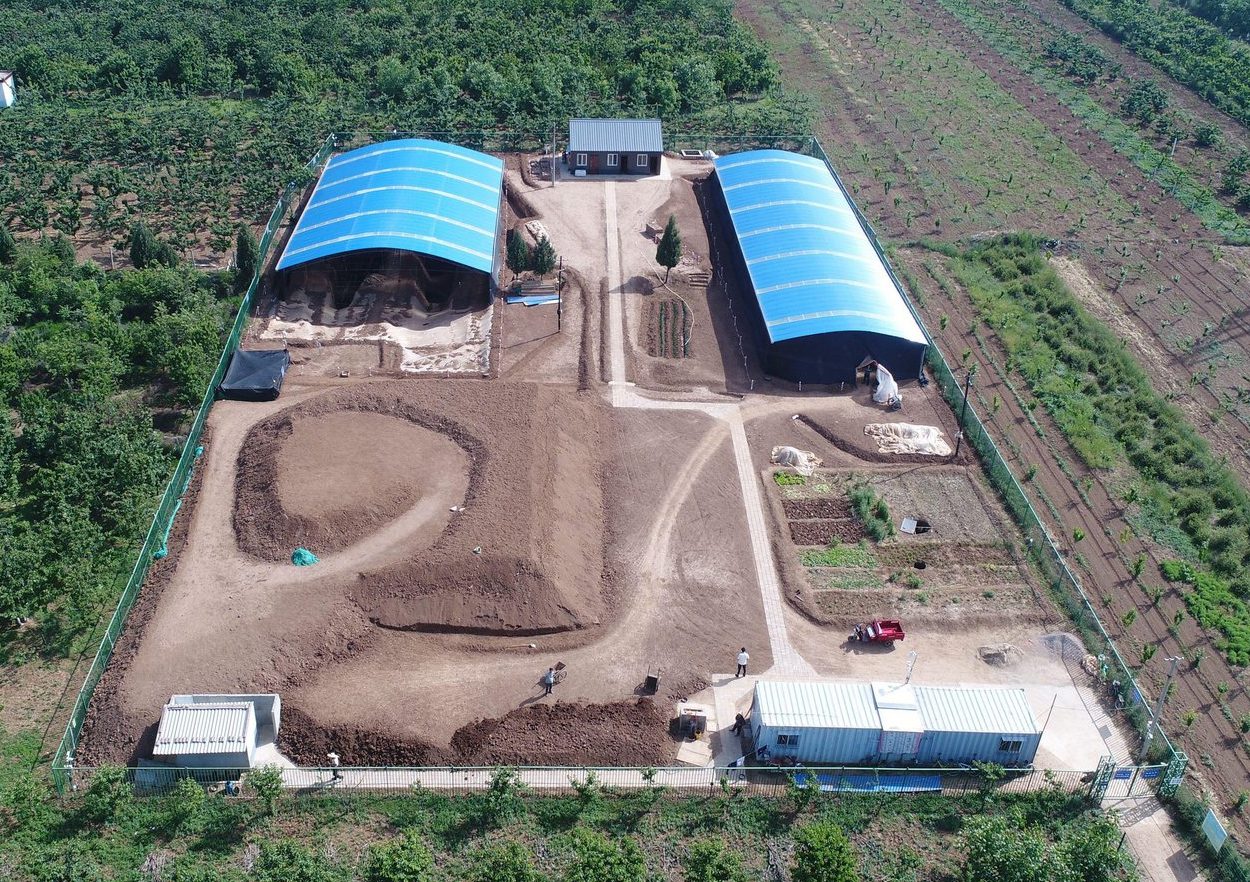Archaeologists excavating the Waizang Pit, one of more than 110 pits surrounding the mausoleum of Emperor Wen of Han, have uncovered a giant panda sacrificed as a funerary offering.
The mausoleum of Emperor Wen of Han was first identified in 2021 in Xi’an, the capital of Shaanxi province, China.
Born Liu Heng, Emperor Wen of Han was the fifth emperor of the Western Han dynasty who ruled from 180 to his death in 157 BC. He was considered one of the most benevolent rulers in Chinese history by bringing about a period of stability and relaxed laws.
Recent excavations of the Waizang Pit have revealed the remains of a giant panda placed with its head facing the imperial mausoleum and its tail facing west. By comparing the remains with modern giant pandas, experts have determined that the specimen is part of the Qinling subspecies, characterised by a larger size and a more rounded face.
Similar to the Ancient Egyptians, the funerary customs during the Han dynasty had complex beliefs concerning the afterlife. They denoted the tomb as an “underground palace” (digong) and adorned it with objects and offerings thought to be essential for the soul’s journey after death.
According to the researchers: “Animal burial pits symbolise the underground gardens of the royal cemetery.” Other burial pits around the mausoleum also contained the remains of tigers, tapirs, Indian wild buffaloes, oryxes, serows and yaks.
The wide variety of animal sacrifice was seen as a status symbol for the Han rulers. Animal sacrifice was also found in commoners’ tombs but was limited to domesticated animals such as dogs and pigs.
The discovery is the first example of a complete panda skeleton being uncovered in an emperor’s burial site. In 1975, archaeologists found a panda skull within the tomb of Empress Dowager Bo, mother of Emperor Wen. However, the panda’s body was notably absent, presumably having been stolen.
Header Image Credit : Alamy (Under Copyright)





